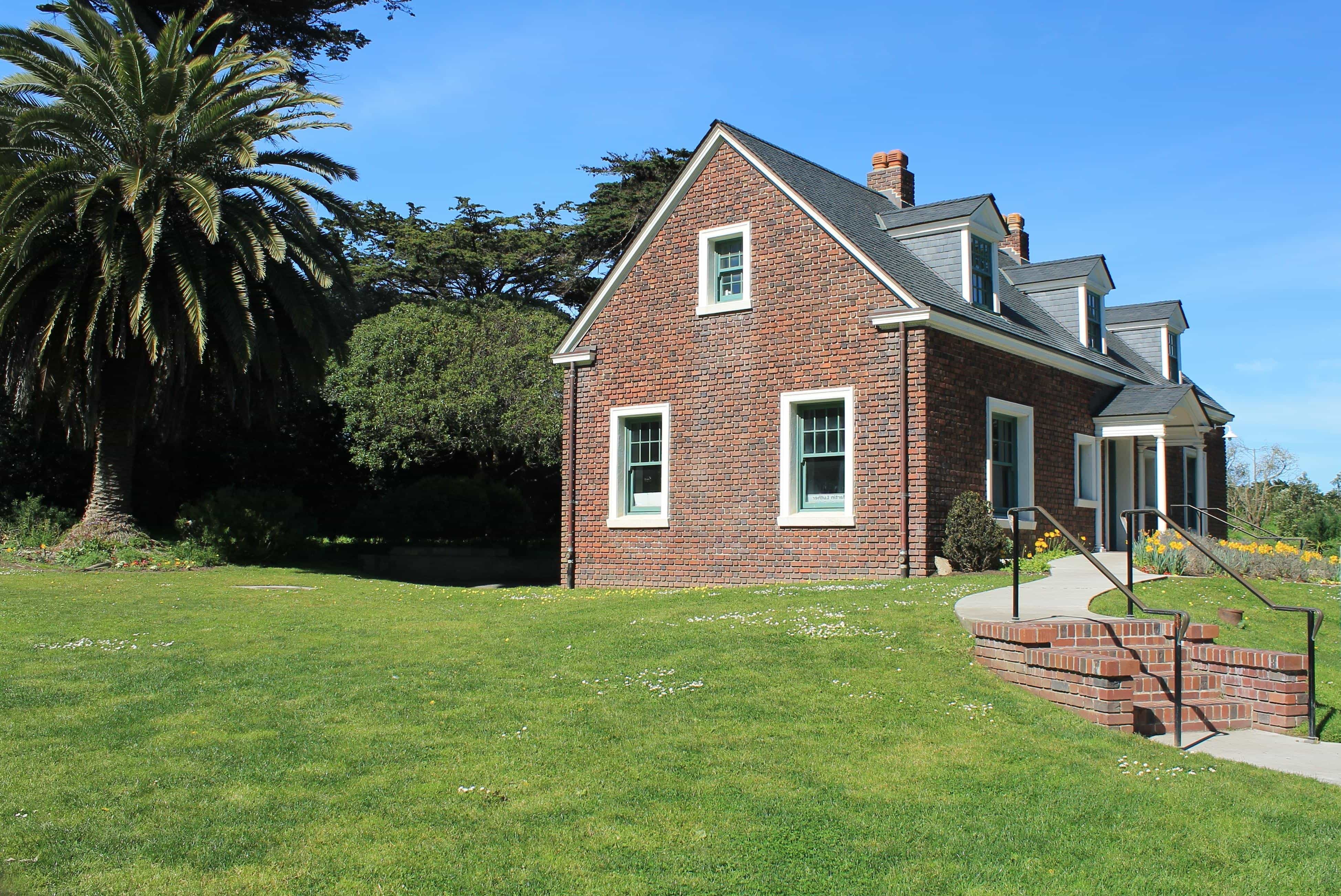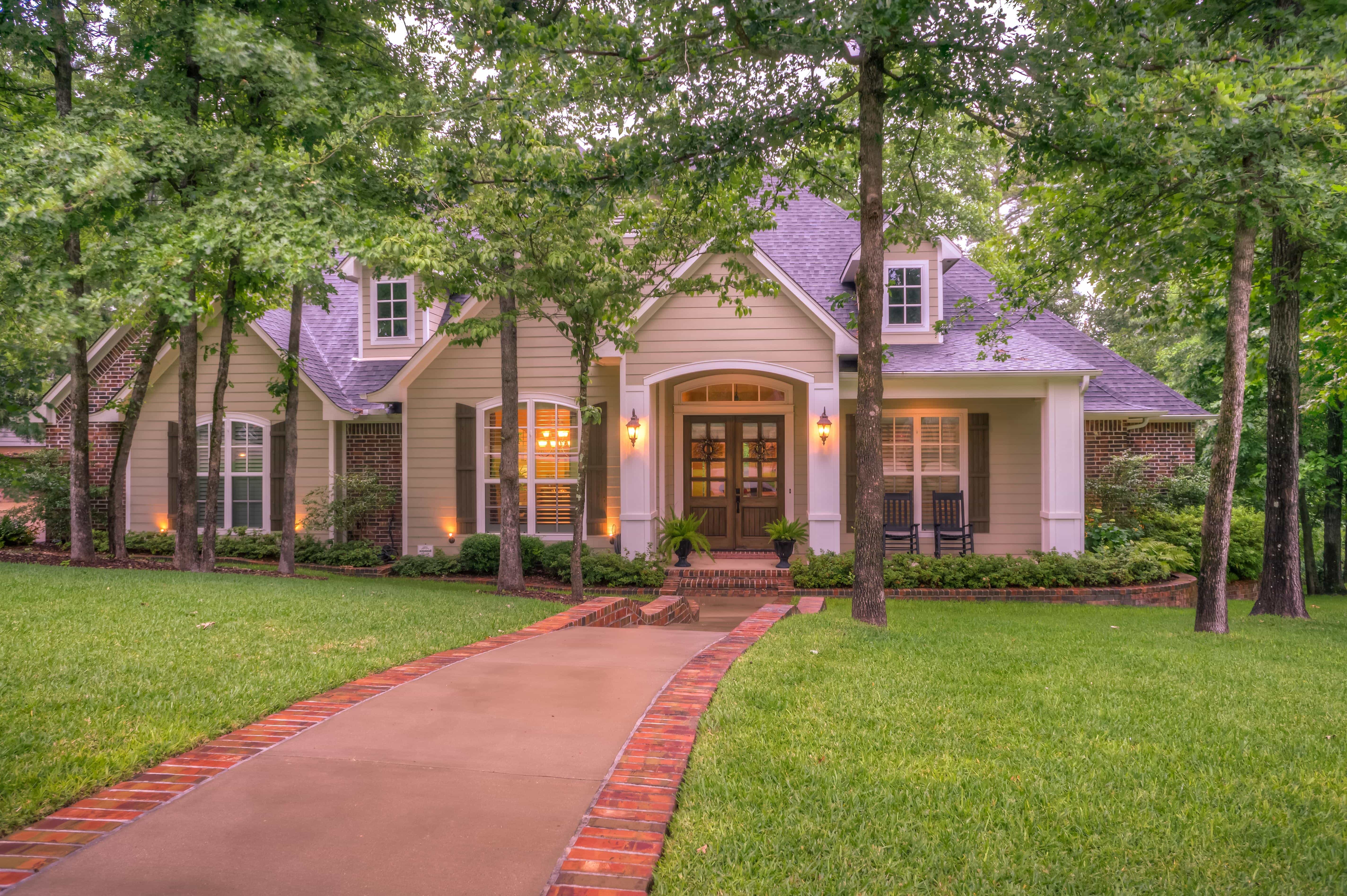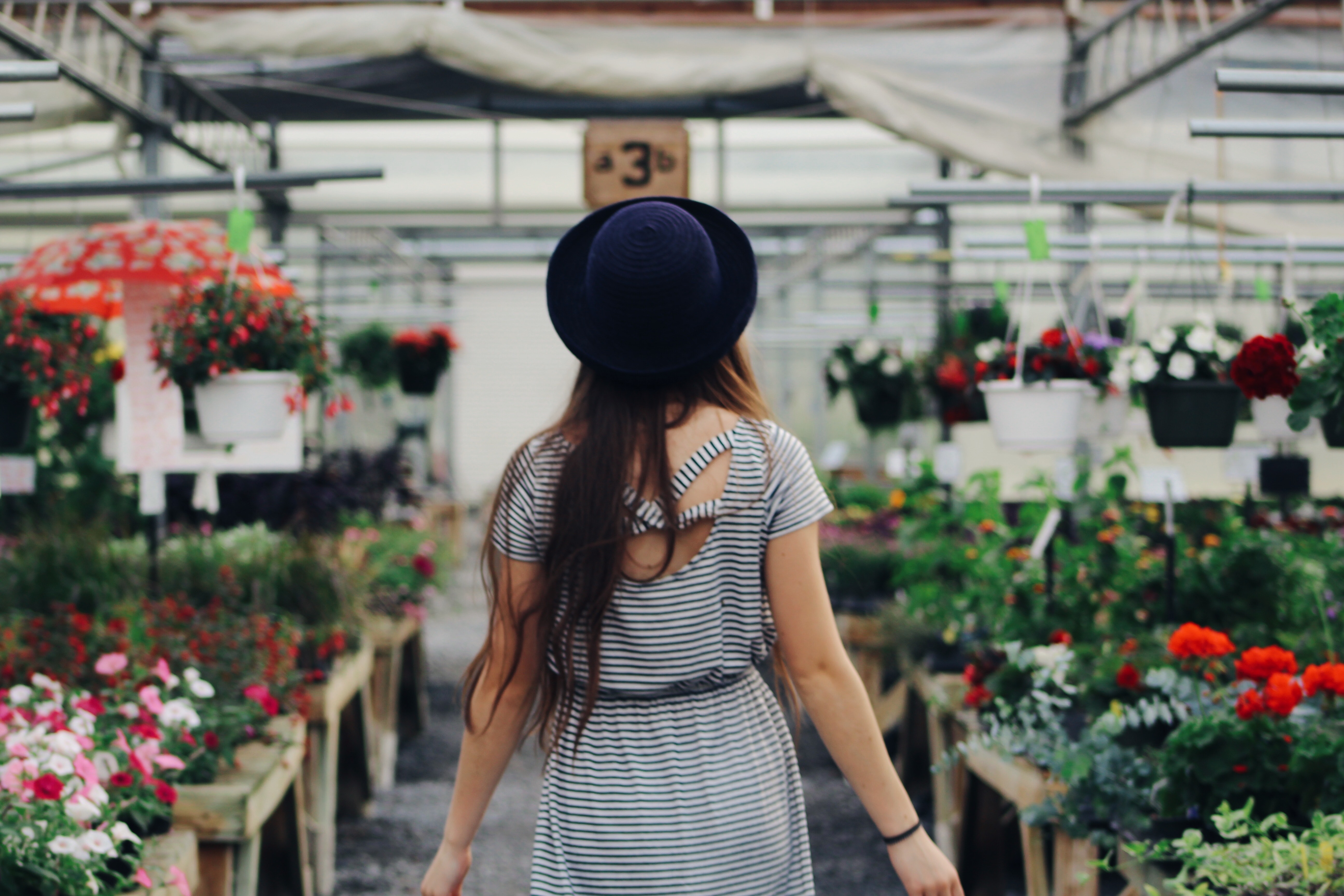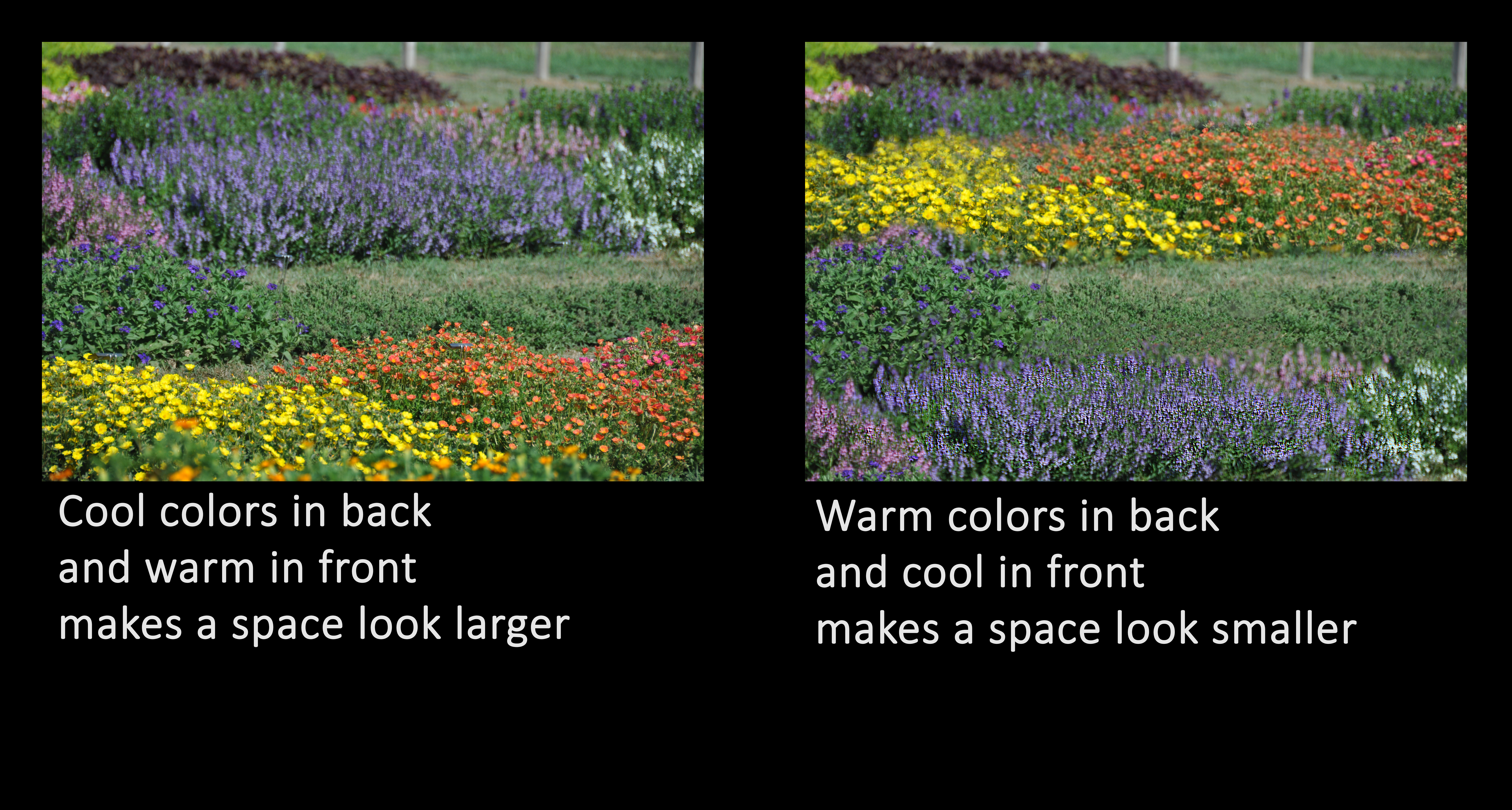This time of year — the few weeks before I can really start planting my flower gardens — I spend hours staring at bare ground in the yard. Most years, I gradually start to envision the finished product and I have a sense of what I want to achieve. This year I am seeing what seems to be endless beds of depressingly bare ground and I realize that I need some new inspiration. I just can’t decide what I want- nothing seems quite right for the space. Sometimes it helps to talk to an expert. I chose Sandy DeFoe, Art Director at Embassy Landscape Group.

Sandy feels that finding a color scheme you love is an important part of designing a unique, personal space. The scheme can come from a picture in a magazine, a fabric that you love or even a stranger’s garden that you drive by every day. Searching Pinterest is another great tool for exploring ideas. You can scroll through dozens — perhaps hundreds — of gorgeous garden photos. When you find color schemes you love, you can pin them to your own board for a convenient record of your possibilities until you find “the one.” Then, if you love it, if it speaks to you, and if you think it works in your space, use it! Make sure that you grab several pictures of your color scheme; they will come in handy as you plan and purchase.

During our conversation, Sandy reminded me that in garden design, you never really start with a completely blank slate. The canvas on which you are working, in this case your garden space, already has some color on it. The house is certainly a dominant color in the landscape; it almost acts as the background of the picture you are creating, so your colors need to harmonize with it. The colors and textures of the walkways, patios, decks or fences are elements in the composition, as are benches or gazebos or any other structures that are visible. Each of these plays an important role in the finished product and needs to be considered in the design process.

Most of us also have quite a few shades of green in our surroundings. We have splashes of green from our lawns, the leaves of our trees and shrubs and perhaps some perennials or groundcovers. Since green is nature’s neutral, it adds a sense of peacefulness to the landscape. Any color you choose will work with green, but you do need to recognize its presence as you plan.

I know that once I have finally decided on my color scheme for the year, I’m anxious to get started. Before heading off to the garden center to buy flats of flowers, there are a few things that need to be done to prepare.

First of all, take time to analyze your space. If it is a large area, do you want to visually pull it in to seem more intimate, or do you need to expand a small space? Masses of cool colors, the blues, purples and greens, will give the illusion of a larger space because they appear to fade into the distance. The vibrancy of masses of warm colors, the reds, oranges and yellows, draws your attention, making the blooms seem closer than they actually are and thus the space more intimate. You may need to tweak your ideas to accommodate size. Professional designers manipulate the illusion of space by using combinations of warm and cool colors. When viewed from a set point, for instance a patio, if you plant warm colors in the back and cool in the front, the space will seem to shrink. If you plant warm colors in front and the cool colors in the back, then it creates an illusion of more space.

Are there any unsightly areas that you need to camouflage? Plan a visual distraction. Draw the eye AWAY from the offending feature by planting a pop of color in different area. Many people make the mistake of planting something beautiful in front of the “ugly”with the hopes of hiding it. Unless the unattractive feature is completely hidden by the planting, the ruse doesn’t work. In fact, all that really does is draw the eye and engage the brain in a quest to figure out what is being hidden.

Next, take measurements of your space, sketch out your design and figure out how about many plants you will really need for each space. Having a plan for each space will help you avoid over planting or under planting and may save a last minute trip back to the nursery for “just a couple more plants to fill the space.” (I find that the last minute trips are my downfall; I always seem to fall in love with something new and usually not part of the plan. It drives my designer husband crazy!)

Finally, take a trip to your favorite paint store and gather some paint chips. Find the colors that match your house and trim colors, your hardscaping colors, fence and any of the other structures that will be visible in or from your garden. Having them with you as you purchase plants allows you to check for color harmony. What may look gorgeous at the nursery could clash in your yard.

With your pictures, plans and paint chips in hand, it’s time to head to the garden center to select and purchase your plants. Remember that mass plantings give more impact; planting at least 5 to 7 of a variety can create a sweep of color that more closely resembles nature’s patterns. Also, be selective when choosing your plants. As tempting as it is to choose plants already in bloom for that burst of instant color, choosing ones that are more compact and have not yet set buds will pay off in the long run. Instead of using its energy to support a bloom, the energy will be used to establish a healthy root system which will result in more flowers to enjoy throughout the summer.

Talking through color theory for the garden has given me the inspiration I needed to see beyond today’s bare ground into tomorrow’s dazzling displays. I hope that we have given you some ideas for creating a unique personal space of your own. Enjoy the planning and be sure and let us know what works for you. We’re anxious to hear from you.

